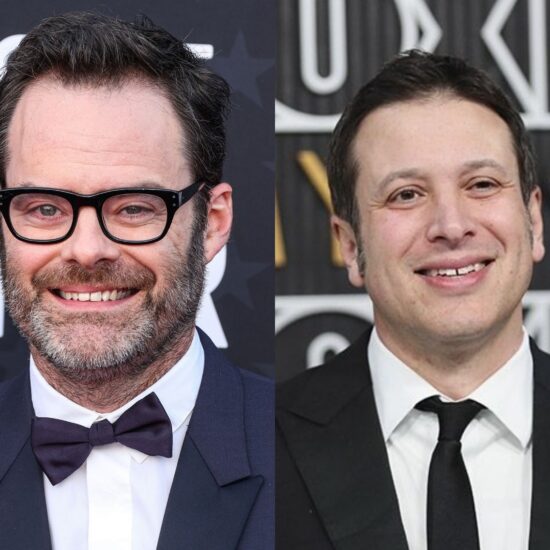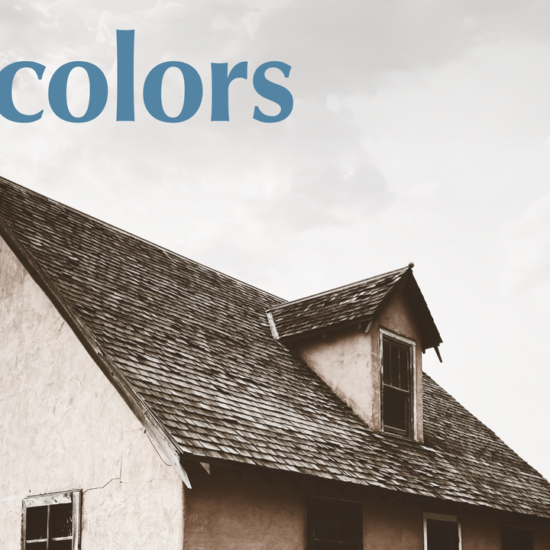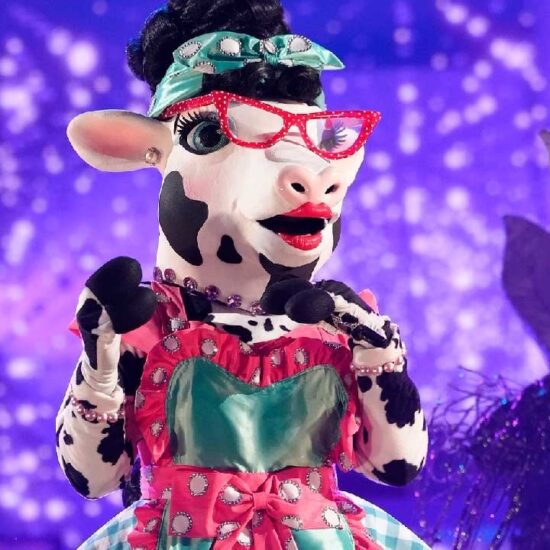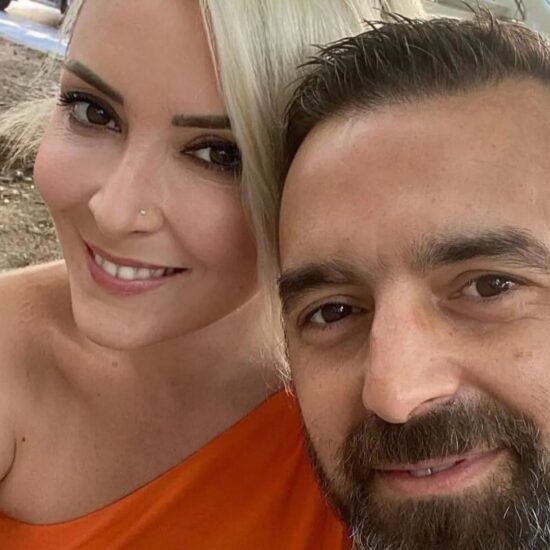
“Love & Death” feels familiar, as it should. The Max drama is the second series in less than a year to take on the same story: the case of Candy Montgomery, a Texas housewife who killed her friend and neighbor Betty Gore with an ax in 1980.
This version follows closely on the heels of “Candy,” which aired on Hulu last year. The proximity practically demands comparison, and it’s tempting to draw up a laundry list of differences and call it a review. “Love & Death” casts Elizabeth Olsen as Montgomery, while “Candy” stars Jessica Biel. (The more jarring contrast is between the former’s Jesse Plemons and the latter’s Pablo Schreiber, two physically opposite actors who both assume the role of Allan Gore, Betty’s husband and Candy’s ex-lover.) “Candy” is inflected with horror, while “Love & Death” is more naturalist. “Candy” flashes back from the day of the murder, which saw Montgomery toggle from brutal homicide to eerily banal errands, while “Love & Death” is more linear in structure. The effect is not unlike that of 2019’s competing documentaries about the viral quagmire known as Fyre Festival, with the same details refracted through distinct sensibilities. But instead of racing to cover a recent event, these shows converge on a tragedy more than four decades old.
The existence of two Candy Montgomery miniseries speaks less to their relative merits than to the exhaustive, exhausting reach of the ongoing true-crime boom. “Love & Death” is only the latest limited series to translate the genre into the language of prestige television, joining peers like “The Staircase,” “Under the Banner of Heaven,” “The Act” and “The Girl From Plainville.” Timing and subject matter have conspired to make “Love & Death” an emblem of how thoroughly Hollywood has picked over headlines and history in search of IP. Ultimately, “Love & Death” has the credentials, performances and production values to elevate the story above the leering exploitation that marks the worst of the field. But by the time its seventh and final episode concludes with a slideshow of its characters’ real-life photographs and eventual fates, now a modern cliché, we can sense the trend’s shared, perfunctory ethos: If you reenact it — “it” being some grisly, sensational trauma — they will come.
Screenwriter David E. Kelley adapted “Love & Death” from the work of journalists Jim Atkinson and John Bloom, who co-authored a series of 1984 articles for Texas Monthly as well as the 2018 book “Evidence of Love.” Kelley is prolific and versatile, but the most important predecessor to “Love & Death” in his CV is likely “Big Little Lies.” A Dallas suburb may be a far cry from coastal California, yet Kelley finds a similar story in both: appearance-obsessed women driven by repressed rage to acts of violence. In “Lies,” the ensemble begins at odds, then unites in solidarity. Here, it’s the opposite: Candy and Betty (Lily Rabe) are members of the same close-knit community until their choices tear them apart.
After Olsen brought unexpected depth to a grieving witch in “WandaVision,” it’s a thrill to see her shed the Avengers gear and inhabit an ordinary person. Her Candy is a wife, a mother, a creative writing student and a member of her Methodist church choir, council and volleyball team, but she still feels compelled to add “adulterer” to her plate. “You always want more,” observes her husband, Pat (Patrick Fugit). Here, the “more” in question is emotional fulfillment. So she propositions Allan, as in literally makes a proposal. Before the two consummate the affair, they meticulously outline a set of rules and protocols, a process closer to negotiating a business deal than giving into one’s passions.
Candy explains her motivations in dialogue that can be clumsy. “Men, they get to go to their jobs and live in their careers,” she sighs. “We just stay home, and that’s supposed to be enough.” It’s Olsen who enlivens her with a sense of guileless brio. In Kelley’s telling, Candy is the cat who curiosity got, convinced she can have what she wants through charm and sheer force of will, with no collateral damage. As the episodes go by, Olsen hardens and seems to age in real time. There’s an innocence to Candy and Allan’s fumbling meet-ups at a local motel, but once their entanglement turns deadly and the media descends on her murder trial, Candy’s insistence on powering through and putting on a brave face acquires a sinister edge. In one scene, she feeds her family dinner before chiding her daughter that a potential conviction isn’t proper table talk.
Director Lesli Linka Glatter makes the Montgomerys’ world feel lived in before the firestorm blows it out of proportion. (Glatter helms five episodes, with Clark Johnson taking the rest.) With wide-striped wallpaper and ample hairspray, the aesthetic couldn’t be more late ’70s if it took Quaaludes on the way to a key party. But the choices never feel kitschy or costume-like — a notable difference from “Candy,” which saddled Biel with a distracting wig. The attention to detail and ample resources, most obvious in a soundtrack of the era’s greatest hits, work to offset the sensationalism that turns real people into flat caricatures.
But at the end of the day, “Love & Death” does turn real people into exaggerated, if empathetically rendered, versions of themselves. There’s something obligatory in how the series proceeds from the start of Candy’s affair to the verdict in her trial, neatly bracketing the lowest time in her life, and something unsavory in how it spares the gory details of what happened between her and Betty Gore until the finale, for maximum impact. “Love & Death” is a well-made work of true crime. It’s also the product of a system so ravenous for material it’s now circled back to the same source, inspiring an uncanny kind of déjà vu.
“Love & Death” will premiere with three episodes on Thursday, April 27, with new episodes dropping weekly on Thursdays.













